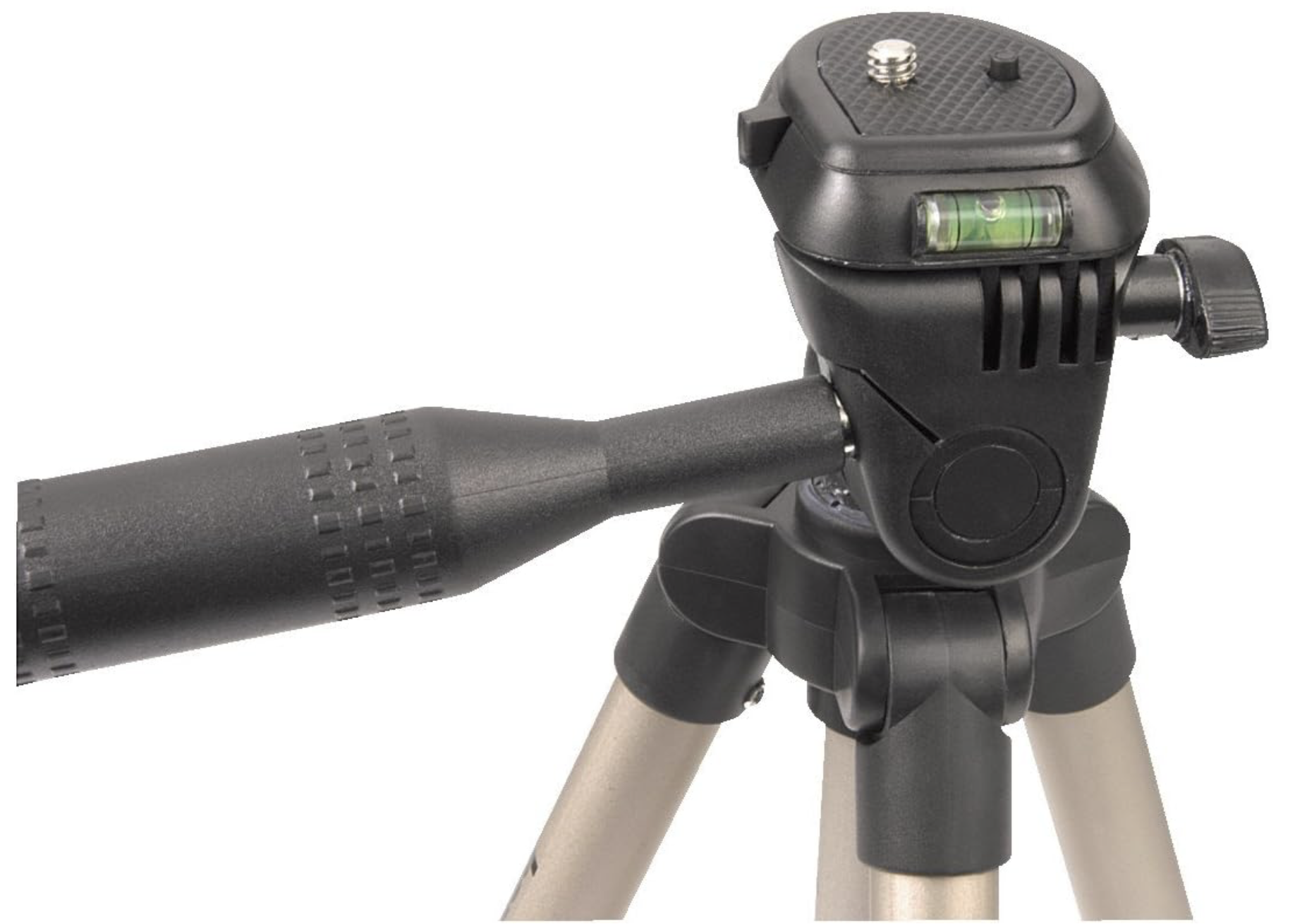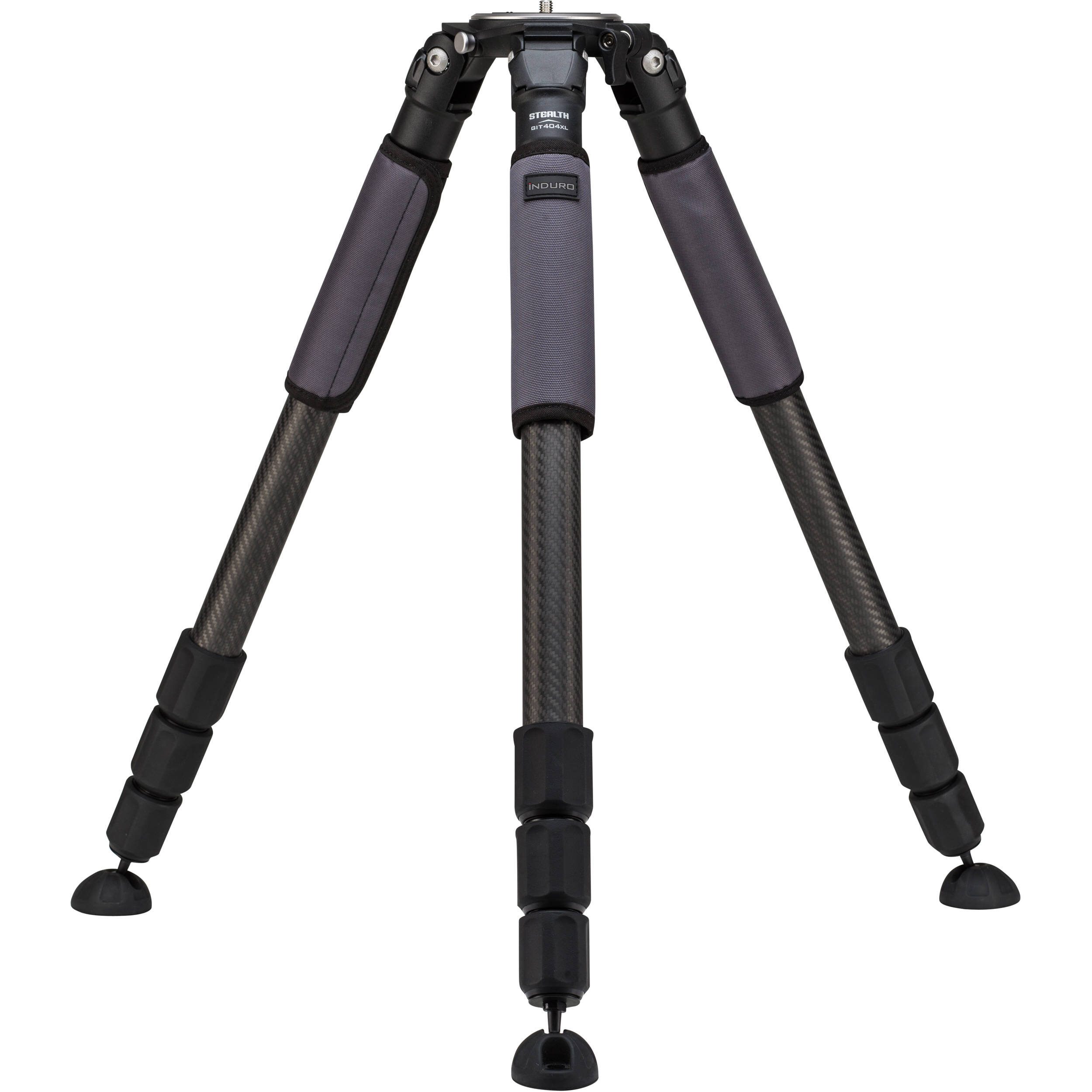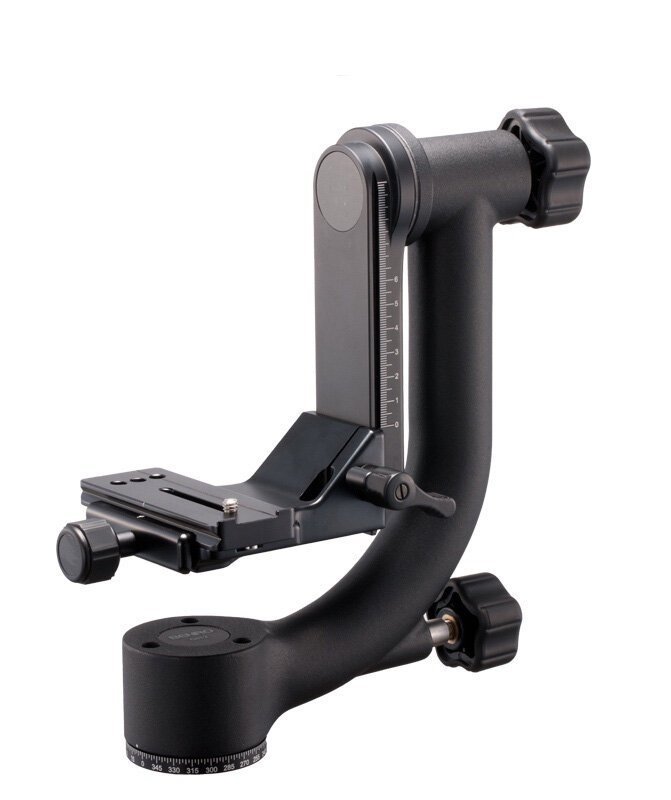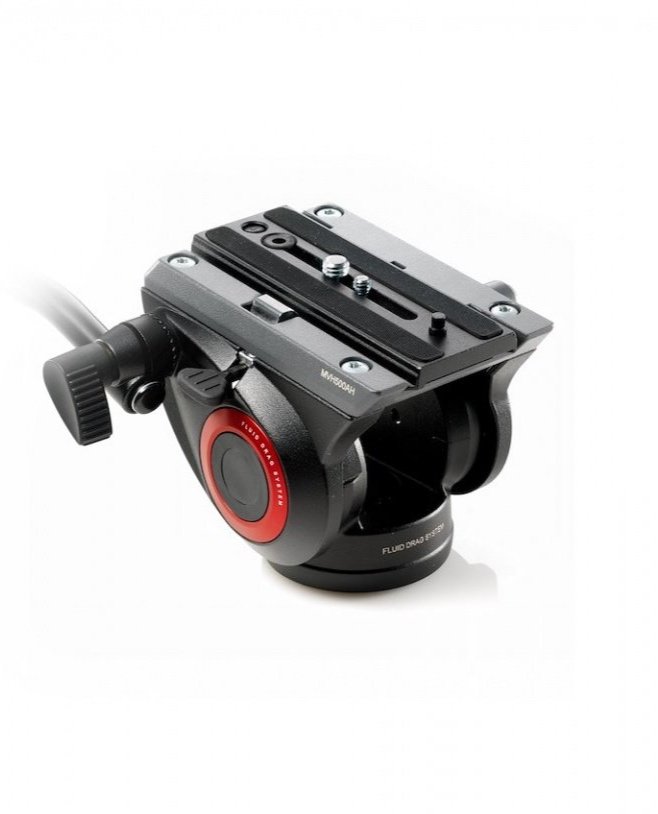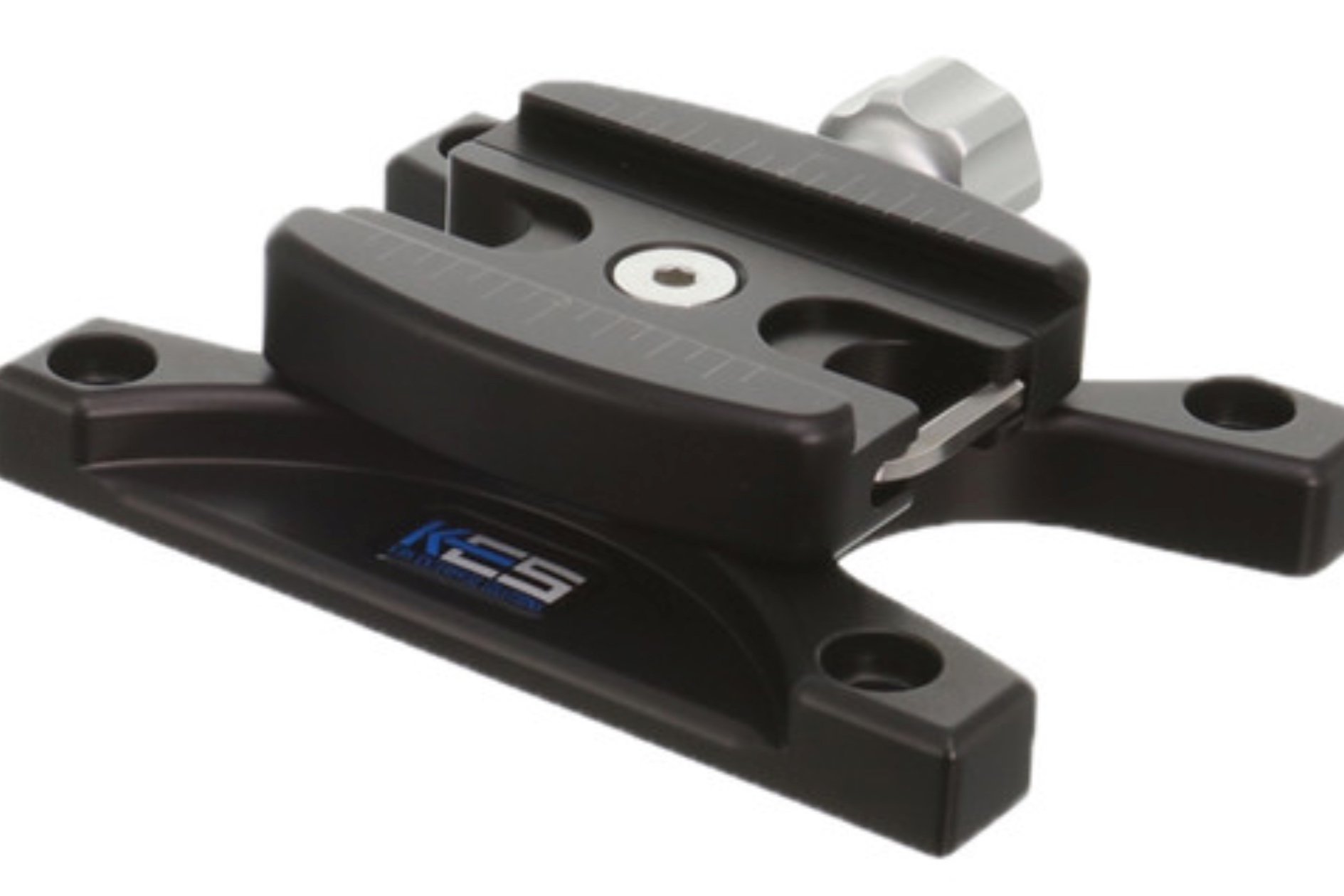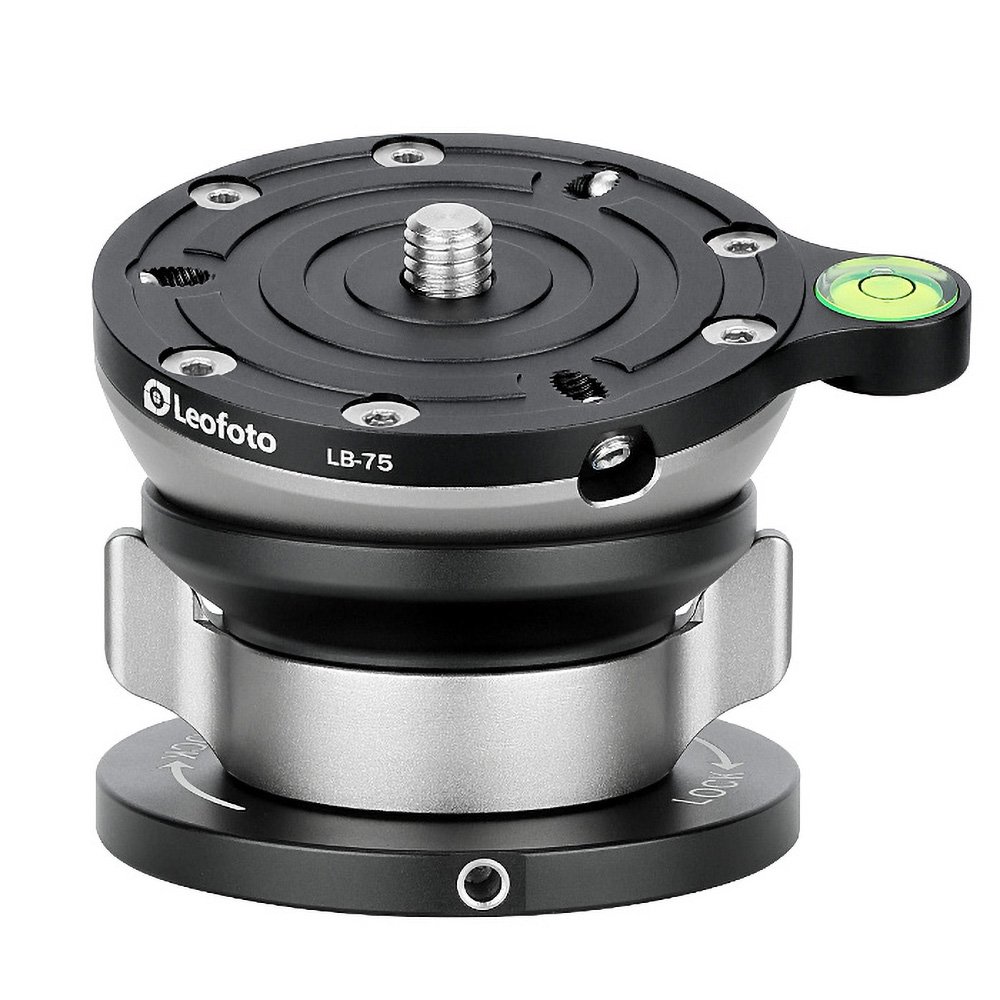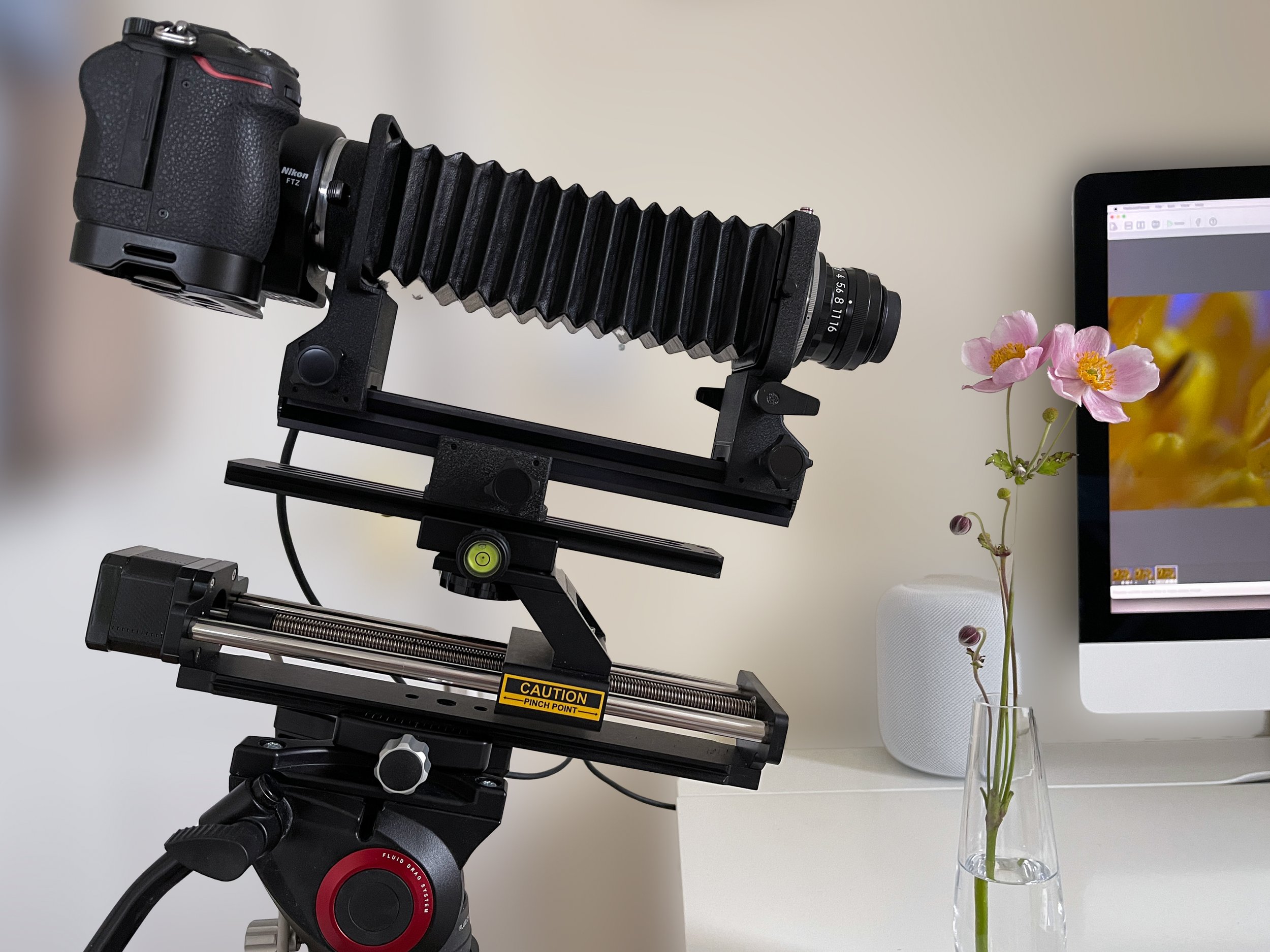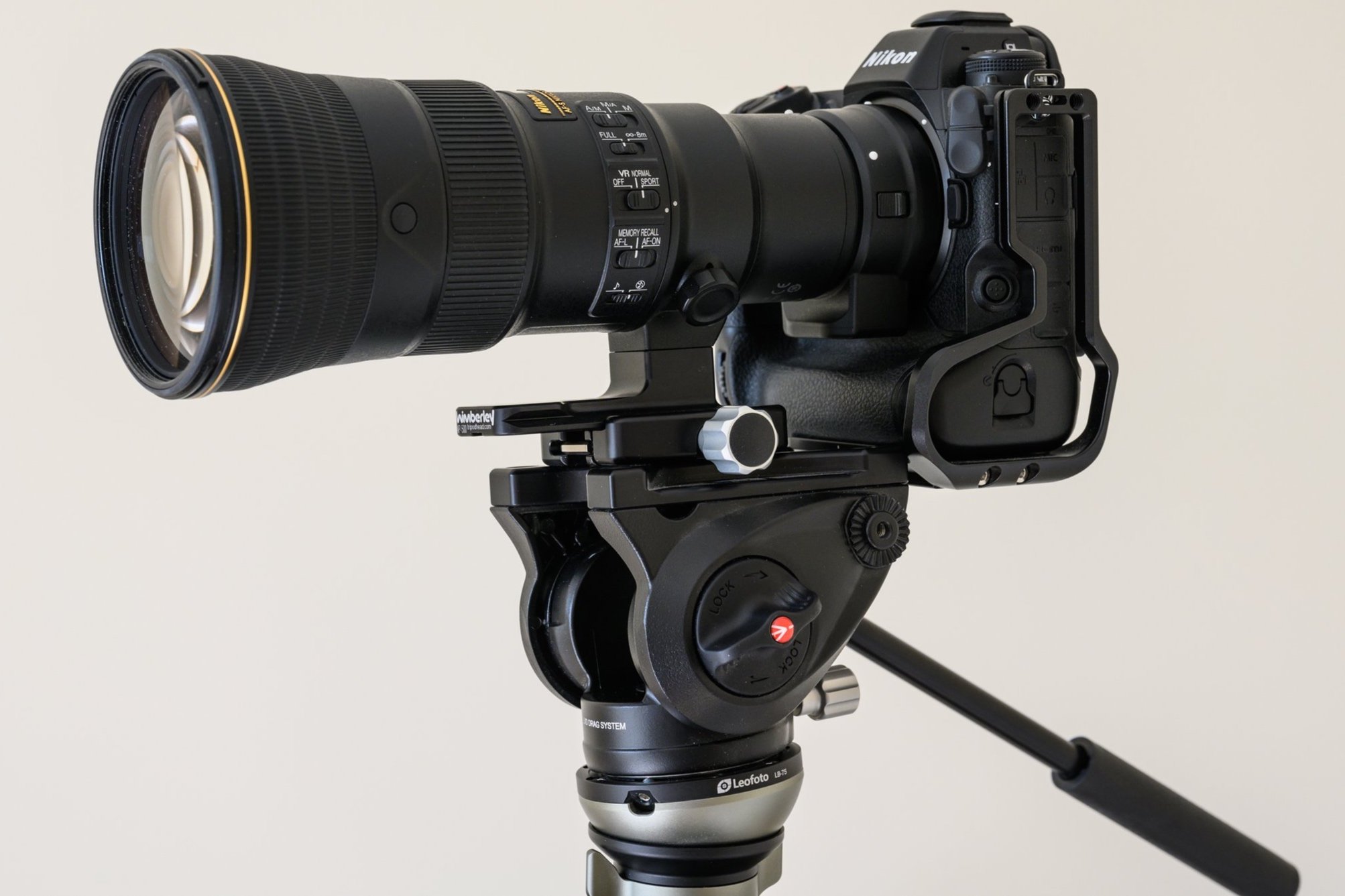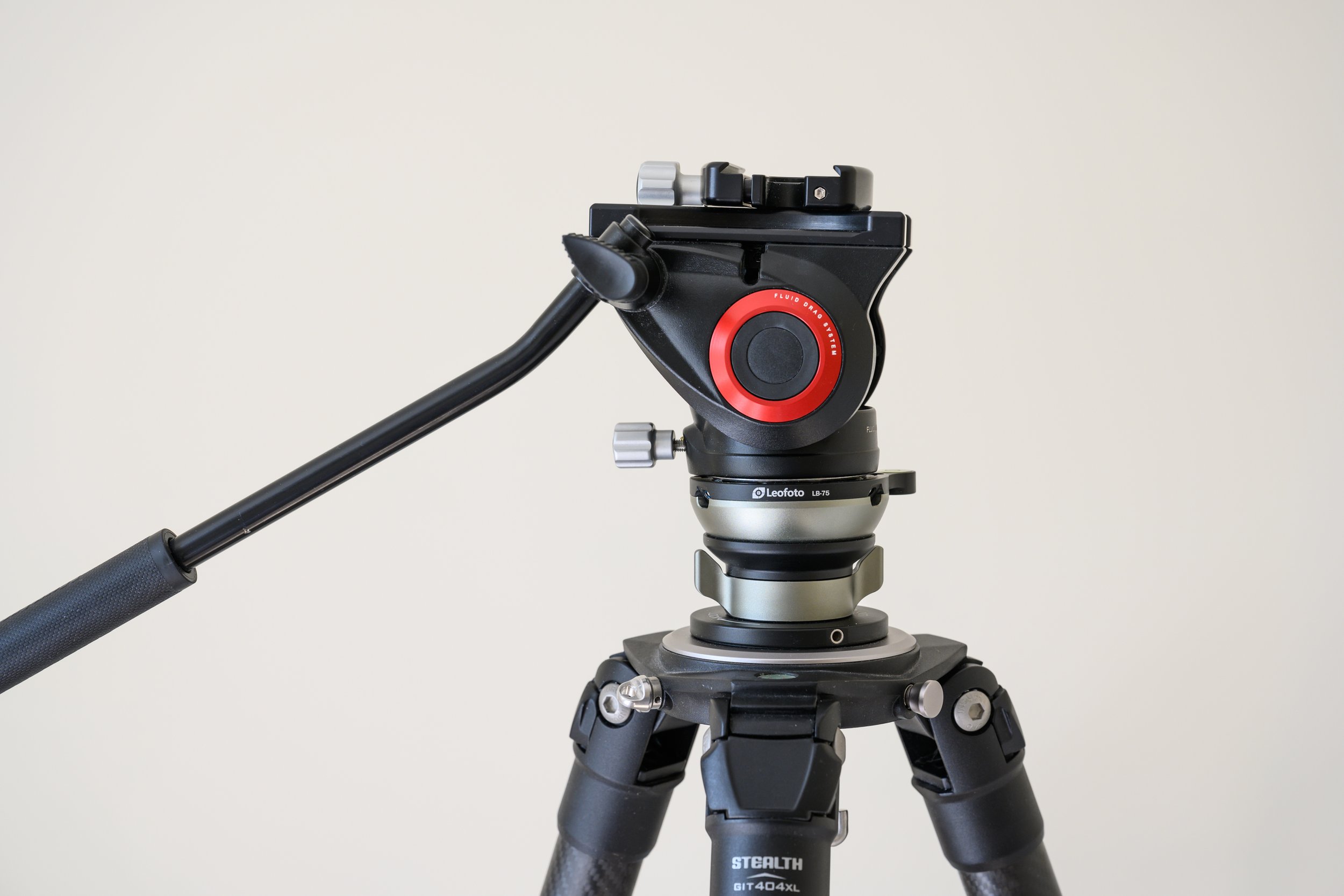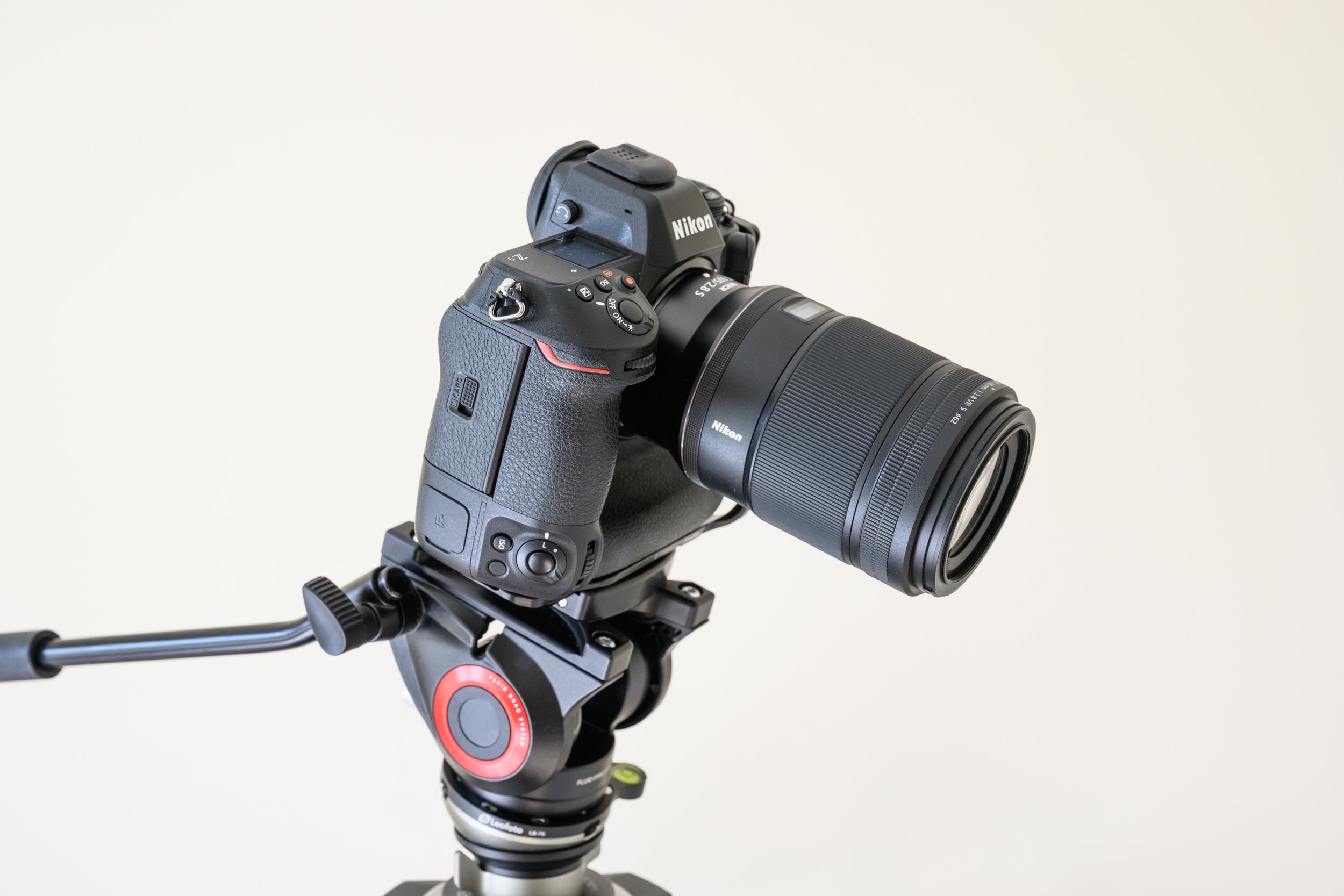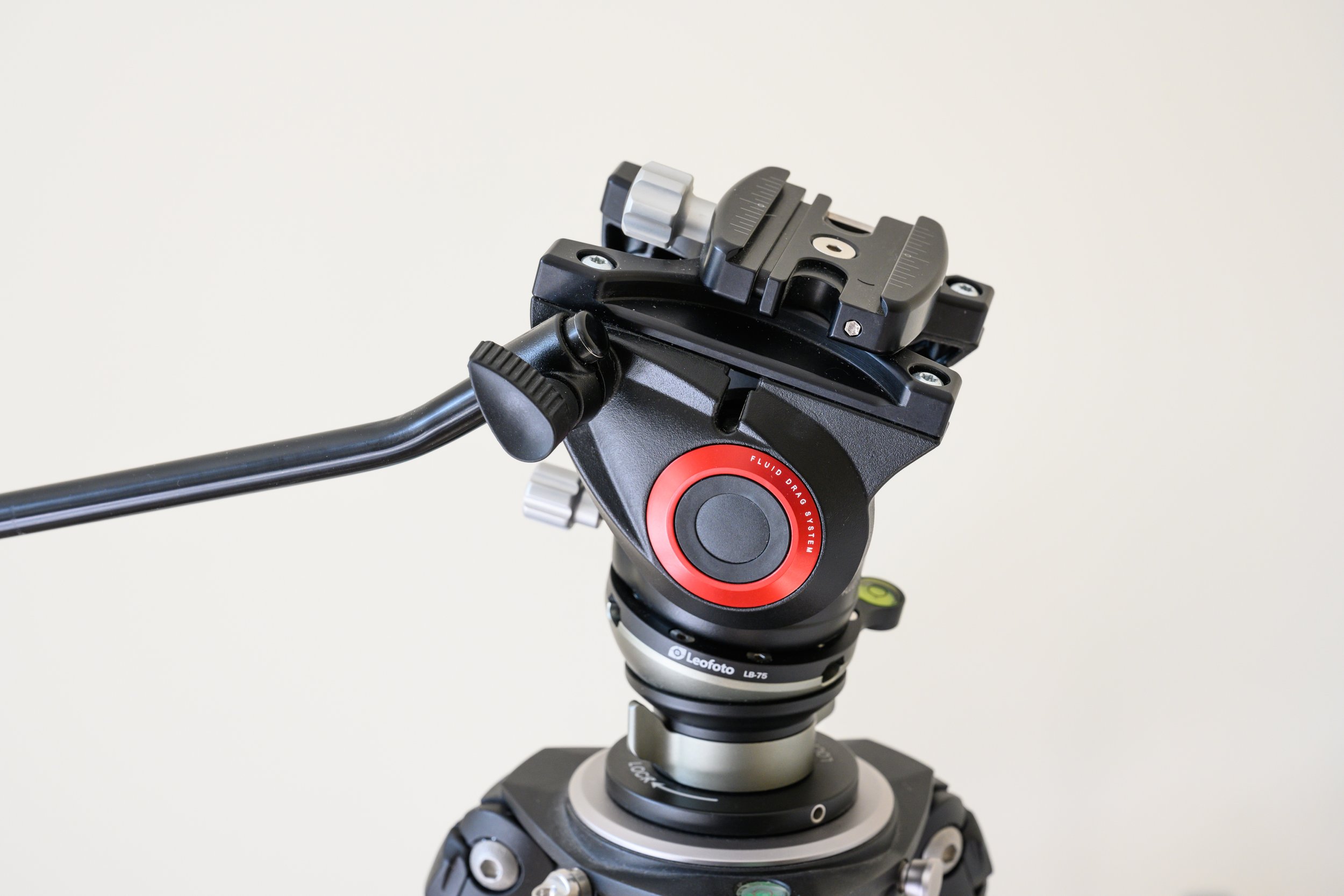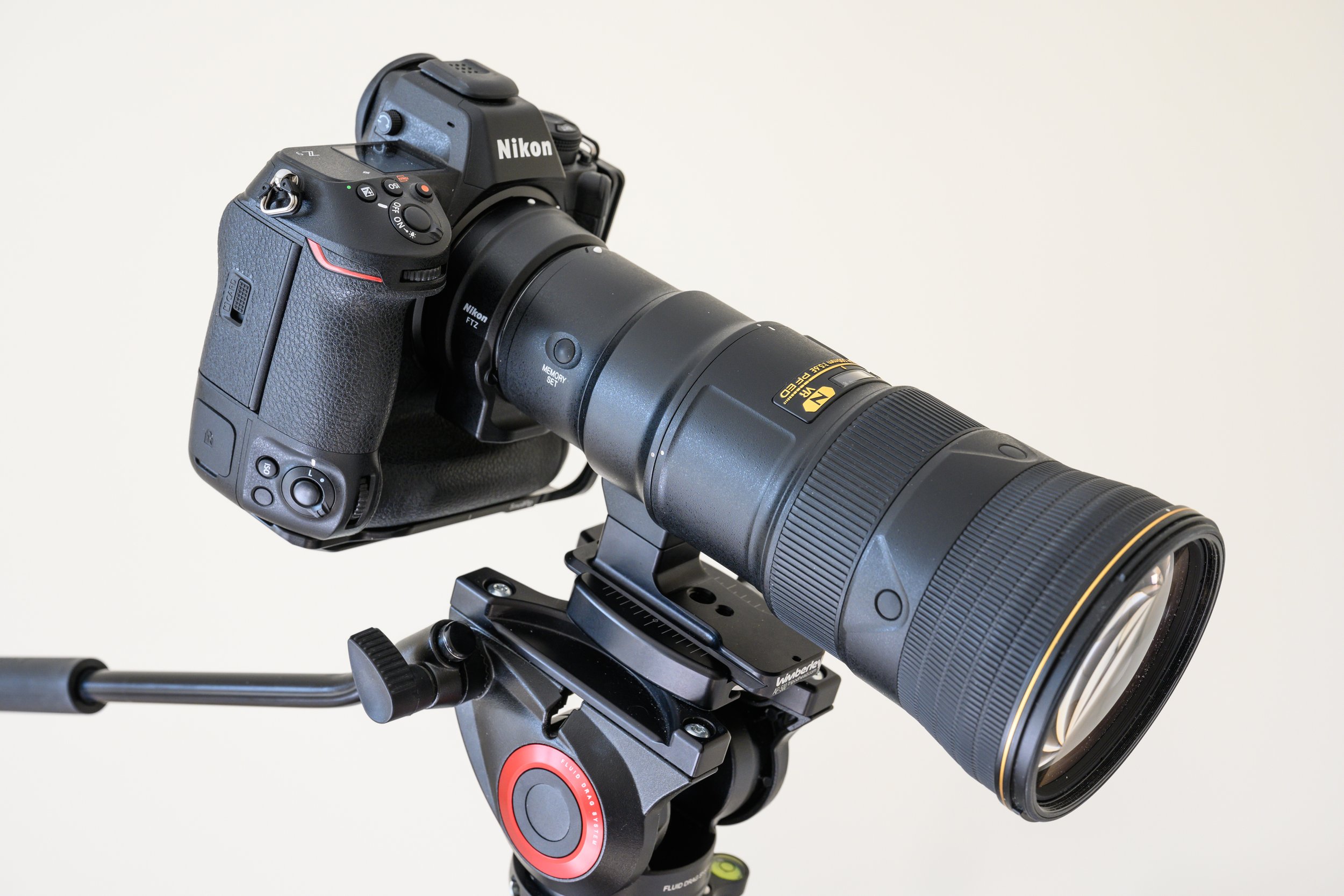Video Heads for Stills Shooters
The Search for the Perfect Tripod Head
Tripods are very personal things and what suits one person may not suit another. With that in mind though there are some general considerations that apply to all photographers, whether beginner or advanced. In this article I talk through how I believe I have finally created the perfect combination of tripod legs and head that allows me to get the majority of images I take.
Starting out.
A cheap three way head tripod that most beginners start with
Like many photographers I have had my share of tripods and tripod heads. As a beginner I started out with a relatively cheap model that had a simple fixed pan and tilt head that could be angled up and down, flipped to the side or rotated about its centre column. Once in position a simple lock mechanism held it I place, or was supposed to, but the weight of the camera caused the whole assembly to gradually creep downwards.
As my experience grew, so did my knowledge of the needs for a secure and sturdy tripod. My first “real” tripod was a Manfrotto 055 Pro aluminium model with a 486RC2 ball head. This lasted a while but eventually I found the use of heavy gripped cameras with long telephoto lenses would be at the limit of payload capacity for the tripod and head. Indoors the system would be okay but outdoors at the first sign of wind the camera would shake and images would become soft. Also, being quite a tall person I found that the tripod was a little short without having to use the centre column, and I quite often had backache after extended periods looking through the camera when on the tripod.
Manfrotto 055Pro tripod
Manfrotto 486RC2 Ball Head
Time for another upgrade.
Induro Grand Stealth 404XL Carbon Fibre Legs
My current tripod is a fully systematic variety. Although I coveted the Gitzo Systematic tripods I always found them to be too expensive and after some research I found the Induro Grand Stealth carbon fibre system. The Induro legs were almost identical to their equivalent Gitzo models but at approximately half the price. Eventually I decided on a set of Induro Grand Stealth 404XL legs, and added an Induro BHD2 ball head. I soon supplemented this with a Benro GH2 gimbal head for use when shooting with long telephoto lenses.
The combination of the Induro legs and the ball and gimbal heads made for a very flexible system. Being able to switch from one head to another by simply releasing the quick release base plate made it very easy and quick to switch depending upon the lens being used. Even with the range of situations possible with this combination there was always something missing - for close up and macro work neither head was ideal. Also for panoramic images, particularly multi-row panoramas getting the ball head level between rows was time consuming. What I needed was a geared head ! The gimbal head was only practical for long lenses that had their own lens foot - the clamp arrangement meant that mounting the camera using an l-bracket would be facing sideways for example. The ball head was too coarse in its movement and adjusting the head for macro shots would soon become frustrating. Also using long lenses on the ball head were an accident waiting to happen - each time you loosened the ball to adjust the camera and lens would tend to flop over at some force. You really needed three hands, one to support the heavy lens, one to adjust the camera position and the third to look or unlock the ball head.
Induro BHD2 Ball Head
Benro GH2 Gimbal Head
I took a pause while I considered my options. I could get a dedicated geared head for precise positioning work but this would mean having three tripod heads. When going out I would either need to take all three heads with me, or decide what I wanted to photograph, take the appropriate head and maybe be restricted in what I could shoot. Surely there had to be a solution that allowed me to achieve the flexibility of all three heads in one unit.
One further issue arose when I swapped my heavy DSLRs and lenses for the lighter mirrorless system - I couldn’t balance the lens and camera on the gimbal head. The balance point of my Z7ii and AF-S 500PF needed the use of an extra long arca swiss plate. Conversely the Z9 and 500PF was so rear heavy balancing the system meant that the camera body actually clashed with the gimbal clamp.
Enter the fluid video head.
A fluid head is a type of tripod head that is designed for smooth camera movement and is particularly aimed at videography. Unlike a ball head, which uses friction to control the camera's movement or a gimbal head which balances the centre of gravity of the camera and lens, a fluid head uses hydraulic fluid to dampen sudden movements and vibrations, resulting in smooth camera pans and tracking. I looked into using video heads for stills photography after watching a YouTube video by photographer Hudson Henry where he talks about why he likes to use fluid heads for photography. The advantages he lists are some of the reasons why I decided to try one, particularly the ability to switch between short and long lenses without the need to swap heads.
I purchased a Manfrotto MVH-500AH lightweight fluid head to try to keep the overall tripod light enough for general use. The head weighs less than 1kg but has a payload of 5kg. Unlike stills tripod heads though, the payload is based on what load the head will produce smooth pans and tilts with rather than what the head will support when locked down - in general the head is capable of supporting significantly more than the rated capacity. My move to mirrorless though meant that even my heaviest camera/lens combination was within this rated load.
Manfrotto MVH-500 AH Fluid Video Head
The Manfrotto head comes with its proprietary 500plong quick release video plates that are not arca swiss compatible so this would mean changing the plates each time I wanted to switch cameras or tripods. Kirk Enterprise Systems (KES) make a replacement unit that switches the entire top of the Manfrotto head for a new bridge that is arca swiss compatible (MVH500-BQRV2). Fitting is a simple matter of removing four Torx bolts from the Manfrotto head and replacing the clamp arrangement with the Kirk system, then refitting the bolts (https://kirkphoto.com/amfile/files/mvh500-bqrv2.pdf). The new head clamp can be quickly rotated through 90 degrees, using the supplied Allen wrench, to allow it to accommodate both lens plates and perpendicular l-brackets.
Kirk Enterprises Replacement Bridge for the Manfrotto MVH-500AH
Kirk Enterprises Replacement Bridge installed on the Manfrotto MVH-500AH
Leofoto LB-75 Levelling Base
To get the best out of a video head you really need to get the tripod base level. Adjusting the tripod legs on uneven ground can be difficult especially when you need to be able to set up quickly to catch fleeting light or skittish wildlife. To be able to quickly level the platform you really need a levelling adapter. While levelling half bowl systems are available for the Induro tripod legs they are expensive and very difficult to get hold of in the UK so I decided to purchase a Leofoto LB-75 levelling base adapter to fit between the tripod accessory plate and the Manfrotto fluid head.
You can’t flip the head 90 degrees like you can with ball heads and 3-way heads, but do you really need to be able to? Long lenses come with rotating tripod collars that allow the lens will rotate freely within them, letting you switch from landscape to portrait orientation. L-brackets are available for pretty much every camera out there so it is easy to switch between landscape and portrait. This way the weight to the camera and lens is kept on the centreline of the tripod rather than moved out to the side - much better for ensuring a stable platform.
For landscape photographers, even though they may often have more time to setup a shot, it still makes life easier. Doing stitched panoramas, even with multiple rows of images, is so much faster as the camera remains level even when you tilt the head up or down. Try doing that with a ball head! The camera can be positioned precisely for close up and macro shots as the fluid allows for small and smooth movements. For sports and wildlife, once balanced, it’ll work equally as well as a gimbal head. And as fluid heads designed for video are usually built to hold hefty loads, they’ll typically have no problem with large heavy 300-600mm lenses. With the system unlocked the range of motion is almost the same as a gimbal head. They can also shift to follow the action pretty quickly, too with the benefit that the fluid smoothes out any wobble when tracking.
One slight disadvantage, however, is that even when perfectly balanced the centre of gravity of the camera/lens is above the pivot point.. unlike with a proper gimbal head This means that without locking the system the camera/lens may creep up/down once it is away from level. Unlike the ball head however the fluid drag prevents this from becoming a catastrophic collision with the tripod and the resulting tendency to tip the tripod completely.
Manfrotto MVH-500AH with Stackshot macro rail and Nikon Z7ii fitted with Nikon PB-6 bellows and Nikon EL-50mm f/2.8 lens to show how sturdy the head is. There is no sign of movement between the individual shots even with such a top heavy setup and such high magnification (approx 5x life-size).
Not that many years ago, video fluid heads like the MVH-500AH would have been too impractical for many users due to their expense and weight. Over the last few years, though, as more and more have started to combine still photography with videography, the prices have dropped significantly. Technology’s also come a long way, too - they are now lighter, stronger, and cheaper than ever. I do still have my ball head and gimbal head should I find a situation where they are specifically needed, but my fluid video head is my go to set up for the majority of my shooting, both indoors and outdoors.
Nikon Z9 with AF-S 500mm f5.6 PF ED VR lens and FTZ adapter balanced on Manfrotto MVH-500AH and Leofoto LB-75 Levelling Base
Manfrotto MVH-500AH and Leofoto LB-75 Levelling Base on Induro GIT404XL Legs
Nikon Z9 with Z MC 105mm f2.8 VR lens balanced on Manfrotto MVH-500AH and Leofoto LB-75 Levelling Base
Manfrotto MVH-500AH and Leofoto LB-75 Levelling Base on Induro GIT404XL Legs
Nikon Z9 with AF-S 500mm f5.6 PF ED VR lens and FTZ adapter balanced on Manfrotto MVH-500AH and Leofoto LB-75 Levelling Base

